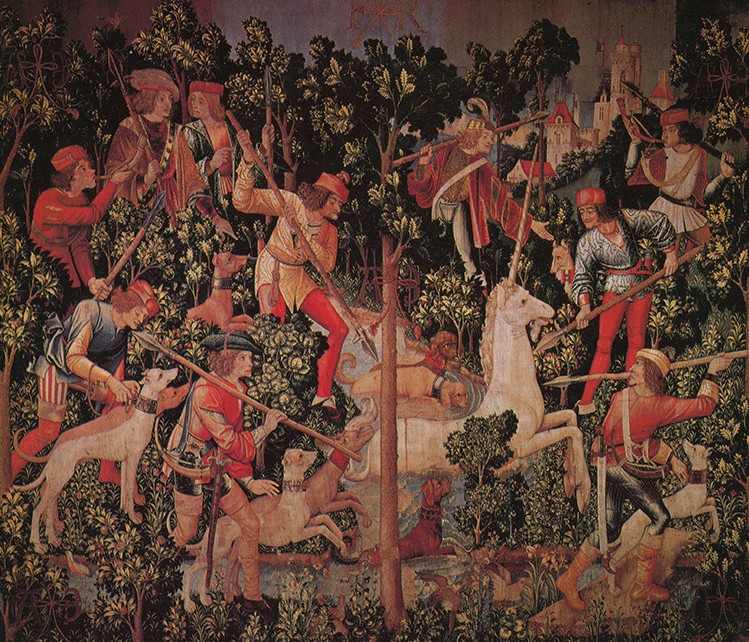
medieval.org
Cherry Pie CPF 1036 2
1978
The Captive Unicorn / The Renaissance Players
Maedieval French, Spanish, English, Italian and Latin Songs and Dances
from the 11th to the 14th century

medieval.org
Cherry Pie CPF 1036 2
1978
RECORD 1
Side One
1. Ogne homo [3:20]
lauda
2. Gloria in cielo [2:54]
lauda
3. Laude novella [2:33]
lauda
4. Cantiga 35 [1:25]
Cantigas de Santa Maria
CSM 35
Alfonso X el Sabio, attr.
5. [6:03]
I sat in the chapel of St. Simeon Mendinho
Ondas do mar de Vigo Martin Codax
ca I
6. Beneyto foi o Dia [3:46]
Cantigas de Santa Maria
CSM 411
Alfonso X el Sabio, attr.
Side Two
1. Tempus est iocundum [3:06]
Carmina Burana
CB 179
2. Veris dulcis in tempore [5:50]
Carmina Burana
CB 85
3. In Rama sonat gemitus [4:02]
This is probably the earliest known piece about Thomas a Beckett, Archbishop of Canterbury. He left England for exile in France in 1167, after extensive and insoluble clashes with King Henry II. Soon after his return in 1170 he was murdered by Henry's henchmen before the Chapel of the Virgin Mary inside Canterbury Cathedral.
4. Bryd one Brere [4:15]
5. English Dance [3:12]
estampie
RECORD 2
Side Three
1. La secone estampie réal [4:12]
2. Tant con je vivrai [2:52]
rondeau — Adam de la Halle, ca. 1230–1237
3. La quinte estampie réal [2:07]
4. Parti de mal [4:20]
dates from the Third Crusade, 1189
5. Bergeronette, douche baisselete [1:50]
Adam de la Halle, from Le Jeu de Robin et Marion
6. Danse royale [5:51]
ductia
Side Four
1. Sa Sibil·la [3:38]
The Song of the Sibyl
2. [Rubin] Saltarello [3:55]
estampie in 6 sections
3. Qant li rossignols s'escrie [3:33]
4. Saltarello [3:53]
5. Reis Glorios [4:44]
alba — Guiraut de Bornelh, fl. 1165–1199
6. Lamento di Tristan — La rotta [4:06]

THE RENAISSANCE PLAYERS
Winsome Evans
Winsome Evans, alto & tenor shawms, recorders, portative organ, psaltery, harp, drums, chitarra moresca
Ingrid Walker, recorders
Rosalind McGrath, treble shawm, percussion, saz
Michael Atherton, lute, ud, citôle, saz, chitarra moresca, nakkers
Jenny Tebbutt, bass viol, mandora, chitarra moresca, saz, san hsien
Andrew Allen, treble rebec, fiddle
John McLaughlin, fiddle
Wayne Richmond, gaita gallega, bells, tambourines, drum
Barbara Stackpool, castanets, finger cymbals
David May, poetry
Graham Pushee, male alto, baritone, drum, clapping
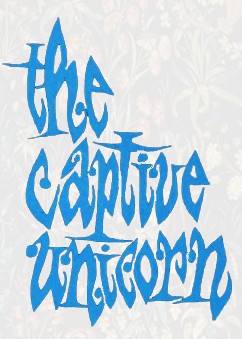
recording & post production: Sydney Opera House
sound engineer: David Connor
album concept, graphic, design, direction & production: Winsome Evans
Tapestries from the 15th cent. Franco-Flemish series entitled The Hunt of the Unicorn...
reproduced by kind permission of the Metropolitan Museum of Art, New York, U.S.A.
Australian recording copyright: Grame Dawn Associates © 1978
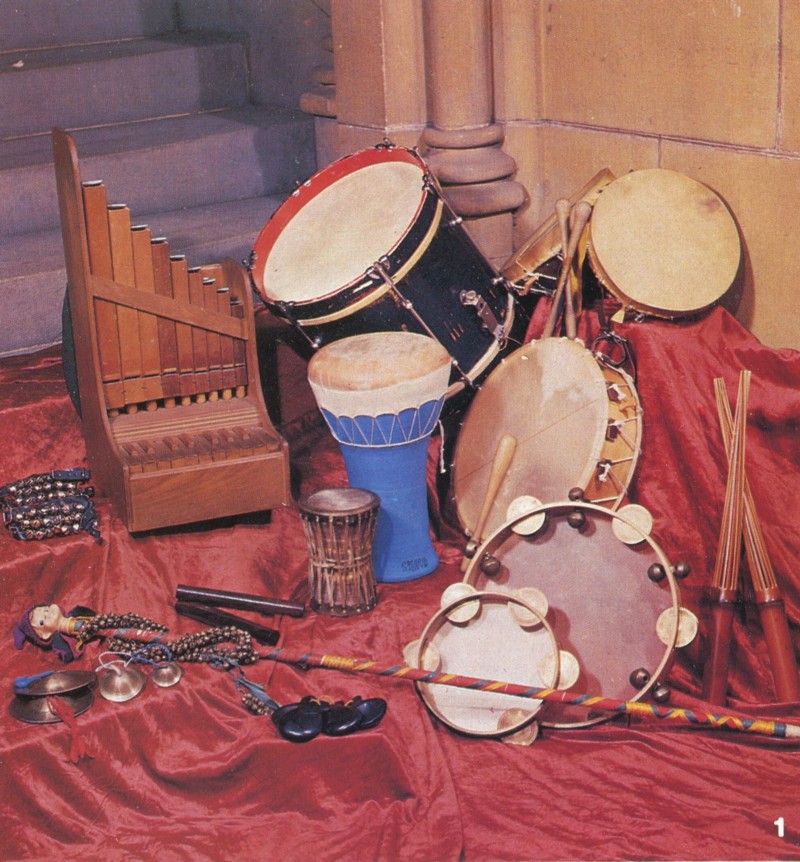 1
1
Indian leg bells
portative organ
bass drum
nakkers
finger cymbals
jingling johnny
claves
small clay drum
darabukka
bass tabor
castanets
small & large tambourines
cane beaters
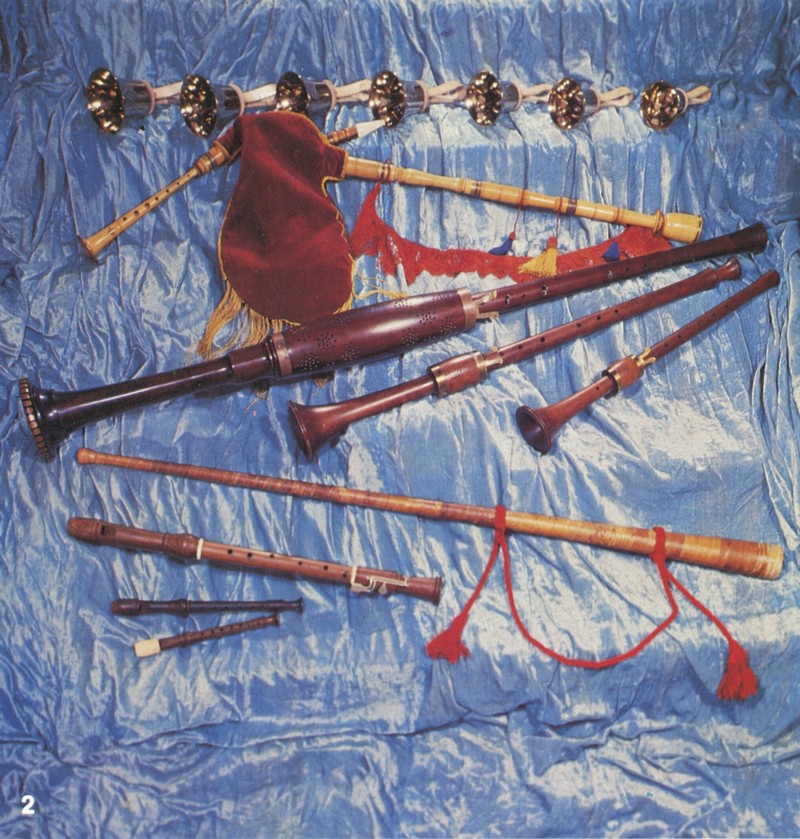 2
2
hand bells
gaita gallega (bagpipes)
tenor shawm
alto shawm
treble shawm
Norwegian lur recorders
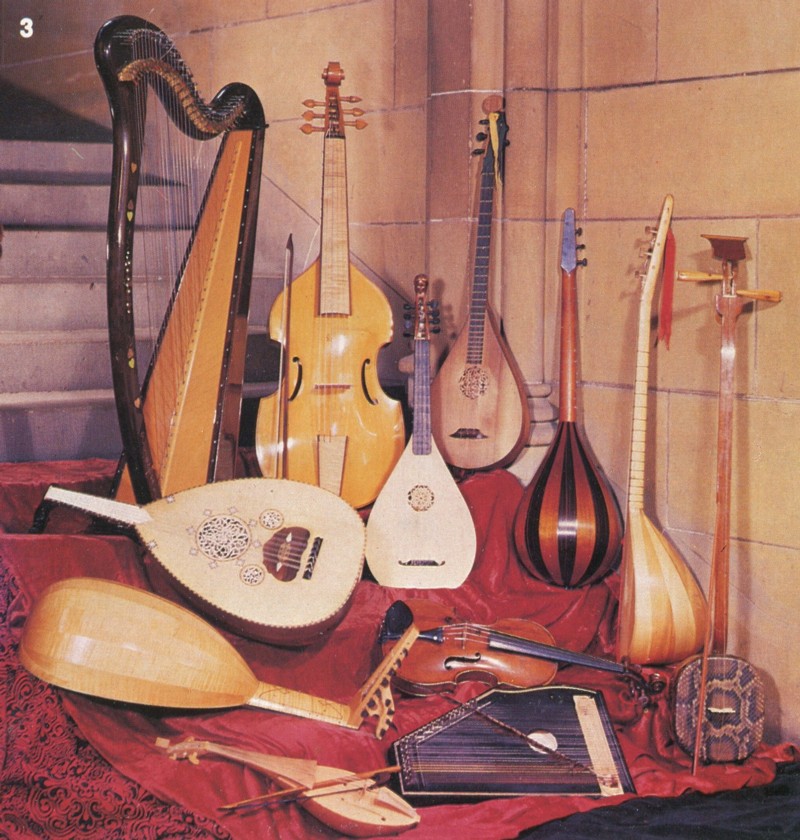 3
3
Celtic harp
bass viol
citôle
ud
mandora
chitarra moresca
lute
fiddle
saz
treble rebec
psaltery
san hsien
The
photographs of the instruments used by the Renaissance Players on this
record are listed from left to right, from the top to the bottom step.
The Australian instrument makers were Peter Biffen, John Hall and Ron Sharp.
The tapestries which appear on the front and back cover are part of the late 15th century Franco-Flemish series, The Hunting of the Unicorn, which were made for the marriage celebrations of Anne of Brittany to the French king, Louis XII, on January 8th, 1499.
During
the French Revolution the tapestries were taken from their location in
the castle of Verteuil belonging to the Rochefoucauld family and used to
protect potatoes from freezing.
John Rockefeller, Junior, purchased
them in the early 1920's and eventually presented them to the Cloisters
of the Metropolitan Museum of Art in New York.
The 12th century Bishop, Honorius of Autun wrote of the unicorn as follows in his Speculum de Mysteriis Ecclesiae:
"The very fierce animal with only one horn is called unicorn. In order to catch it, a virgin is put in a field; the animal then comes to her and is caught, because it lies down in her lap. Christ is represented by this animal, and his invincible strength by its horn. He, who lays down in the womb of the virgin, has been caught by the hunters; that is to say, he was found in human shape by those who loved him."
In the early
mediaeval bestiaries, the unicorn was a symbol of Christ, the virgin the
Virgin Mary, the huntsman the angel Gabriel, and the story of the hunt
was an allegory of the Incarnation. From the 13th century onwards, there
was a tendency to interpret the legend of the unicorn captured by a
maiden as an allegory of courtly love, transforming the religious theme
to a secular one of courtship and marriage.
The Renaissance
Players, a group of singers and instrumentalists is directed by Winsome
Evans, a lecturer in the Music Department at the University of Sydney.
The group was founded in 1966 and has a nucleus of 9 musicians, which is
varied according to the needs of particular performances.
The group's name, The Renaissance Players,
was particularly chosen to demonstrate its main function of
resuscitating and giving new life to music of both the past and the
present. The intention has been not to limit the repertoire to
the so-called Renaissance period, but to expand as far backwards and
forwards as possible. Under this banner the group felicitously perform a
wide range of music dating from as early as the 9th century through to
contemporary folk/rock and classical styles, using replicas of authentic
instruments where possible and attempting to reproduce performance
styles appropriate to whatever music is played.
The group's
public recitals reflect the labour of copious research into various
methods of decorating and extending basic musical structures, and into
patterns of instrumentation — all of which were elements left entirely
to the performers' discrimination and versatility during the Middle Ages
and in the Renaissance period, as indeed they still are in much of
present day popular music.
The Renaissance Players' concerts are
presented in colourful costume together with poetry, dance, mime and
clowning. The library of the Renaissance Players contains over 700
pieces, which have all been collected and arranged by Winsome Evans
operating under a creative pseudonym.
As well as their regular
performances in the Great Hall at Sydney University, and the Sydney
Opera House, the group has travelled widely throughout Australia for the
A.B.C., Musica Viva and various festival organisations. In 1974, the
group undertook an extensive tour of seven countries of South East Asia
from India down to New Guinea for Musica Viva Australia and the
Department of Foreign Affairs as part of the Whitlam cultural exchange
programme.
In addition to their regular concert performances the
Renaissance Players have since 1973 annually presented the Runnymede Pop
Festival in March; and since 1975, an annual Christmas Concert in
December, in the Great Hall at Sydney University.
The Players
also provide feature music for T.V., film, A.B.C. radio plays and
special documentaries. As well, they have instigated four unique
theatrical productions of mediaeval liturgical drama and 16th century commedia in musica.
The music was researched, arranged and directed by Winsome Evans, and
three of the four productions researched and directed by the late
Professor Frederick May. The four productions were:
The Son of Getron (produced by John Milson)
The Play of Herod
The Slaughter of the Innocents
L'Amfiparnaso by Orazio Vecchi
Winsome Evans
October, 1978
